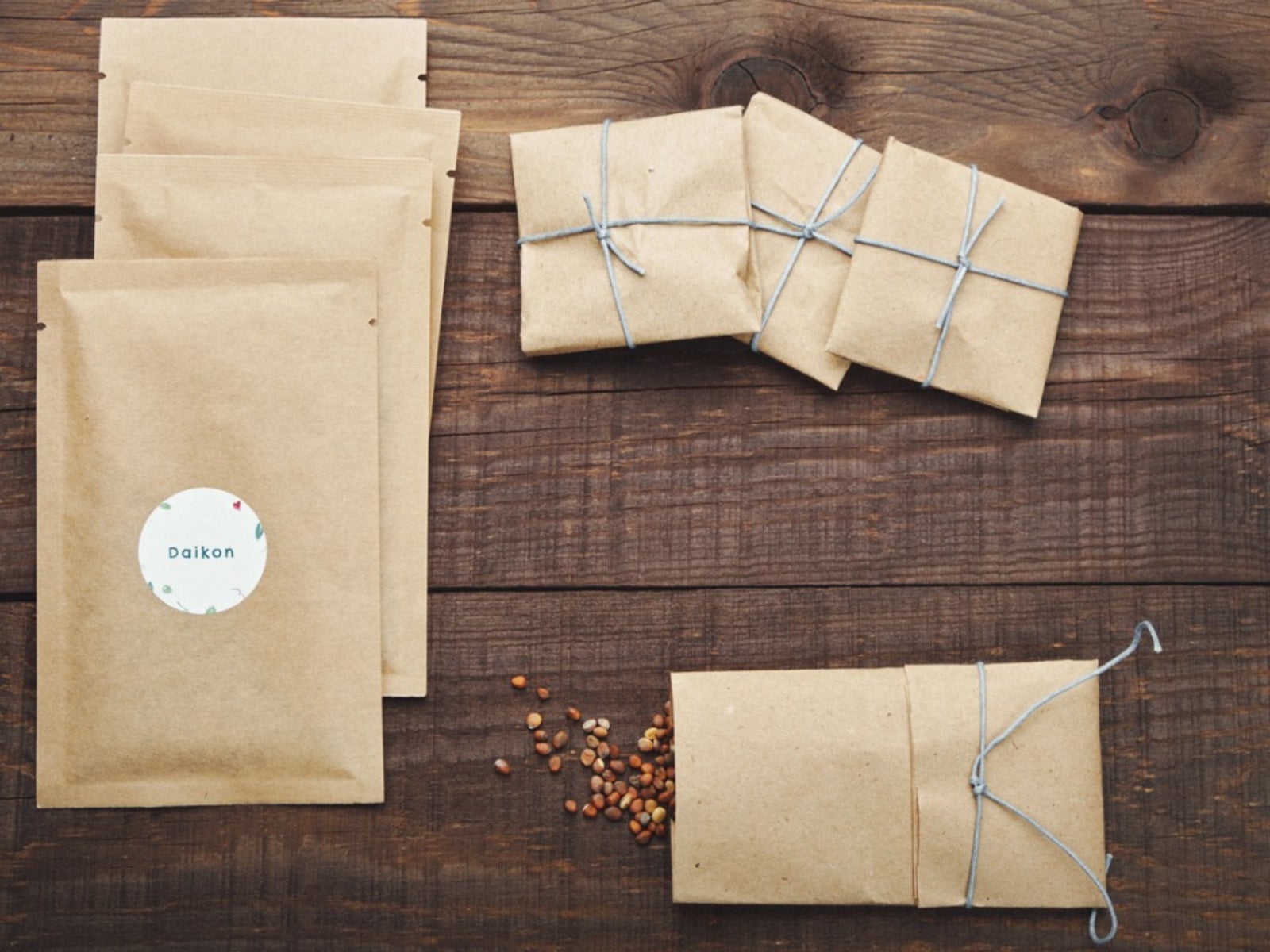Seed Packet Information: Interpreting The Seed Packet Directions

Many people prefer to start flower and vegetable gardens from seeds. Some like the varieties that are available while others simply enjoy the cost savings that seed planting provides. While understanding seed packet info may seem confusing, correctly interpreting the seed packet directions is fundamental to plant growth and whether or not your seeds will successfully thrive in your garden. Flower and vegetable seed packets provide specific instructions that when properly followed, will result in healthy growth and production.
Interpreting the Seed Packet Directions
For help with understanding seed packet info, you should be aware of each item listed on the seed packet labels. For the majority of flower and vegetable seed packets, you will find the following seed packet information:
Description - Seed packet information generally contains a written description of the plant and whether or not it is a perennial, biennial or annual. The plant description will also include the habit of the plant, such as whether or not it climbs, is bushy or mounding as well as height and spread. The description may also indicate if a trellis is needed or if the plant will thrive in a container or does better in the ground.
Photo - Seed packets display the fully mature flower or vegetable, which can be very enticing to flower and vegetable lovers. The picture gives a good idea of what to expect from a certain species of plant. Photos are especially useful if the plant is one that you are unfamiliar with.
Best-By Date - Flower and vegetable seed packets will usually have a date when the seed was packed and is stamped on the back. It is best to use seeds the same year they were packed for better results. The older the seed is, the poorer the germination will be.
Packed For Year - The packet will also have the year the seeds were packed for and may also include the guaranteed germination rate for that year.
Planting Directions - Seed packet labels normally state the growing region for the plant and the best conditions for optimal growth. In addition, directions will generally explain how best to plant the seed, whether it should be started indoors or soaked to speed germination. Spacing, light and water requirements are usually explained under planting directions as well.
Gardening tips, videos, info and more delivered right to your inbox!
Sign up for the Gardening Know How newsletter today and receive a free copy of our e-book "How to Grow Delicious Tomatoes".
Seed Number or Weight - Depending on the size of the seed, the seed label may also indicate the number of seeds included in the package or the weight of the seeds. Interpreting the seed packet directions and other pertinent seed packet information can make your flower or vegetable gardening experience an easier and much more fulfilling one.